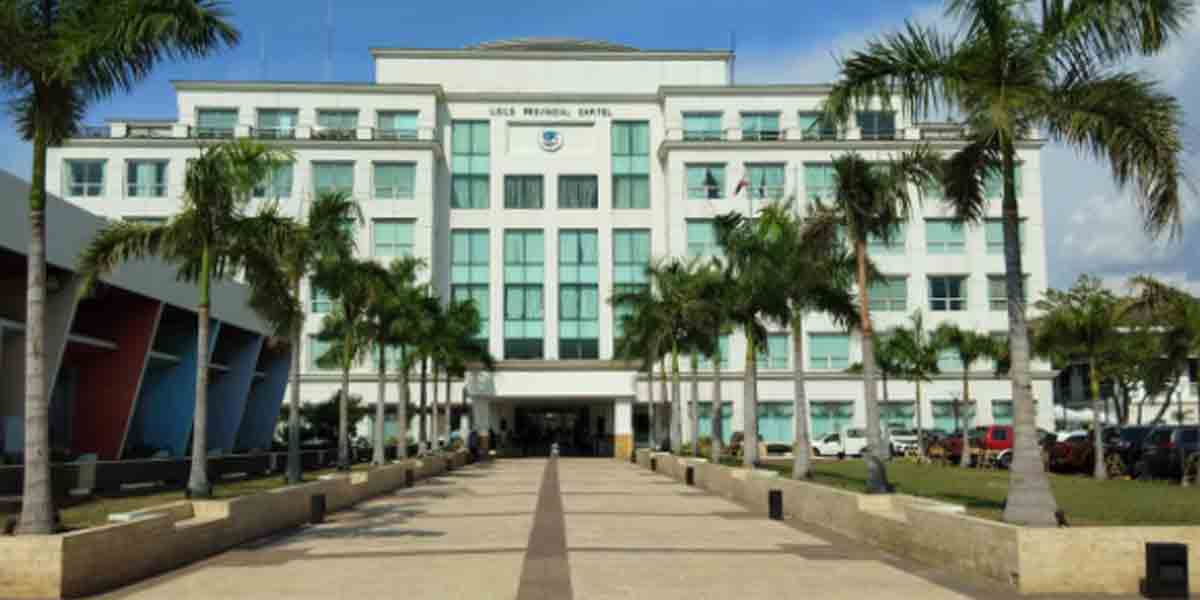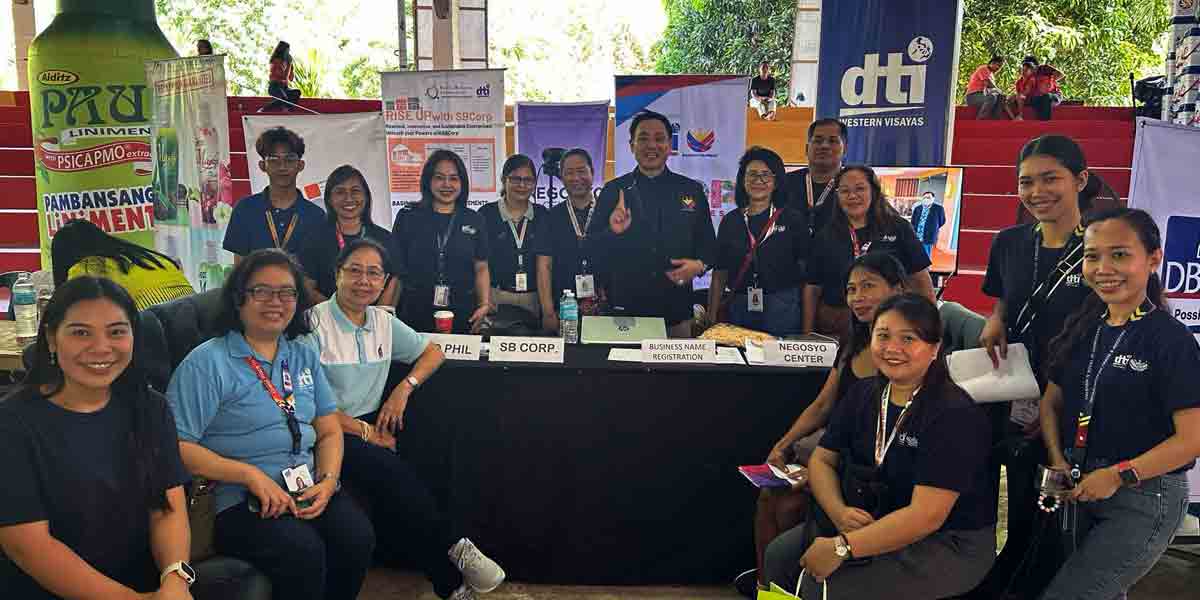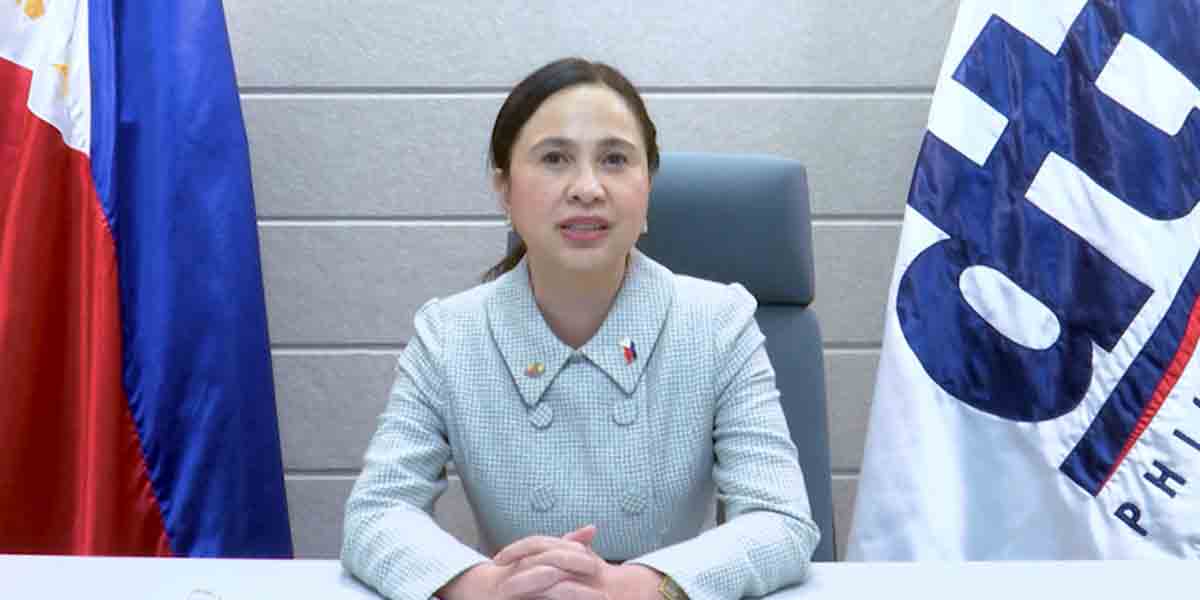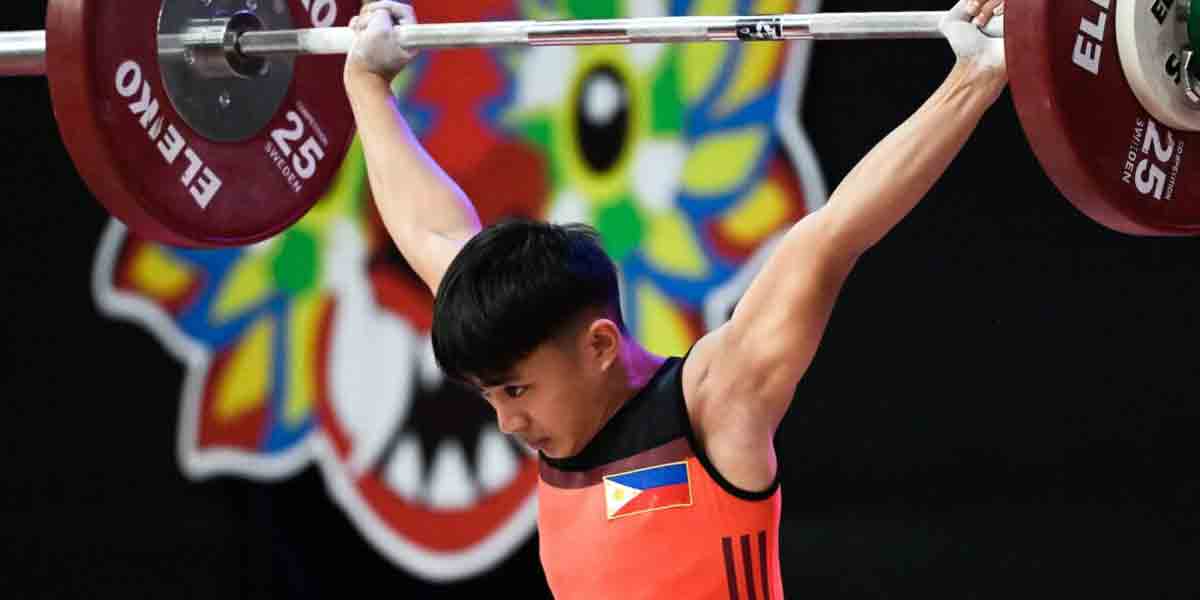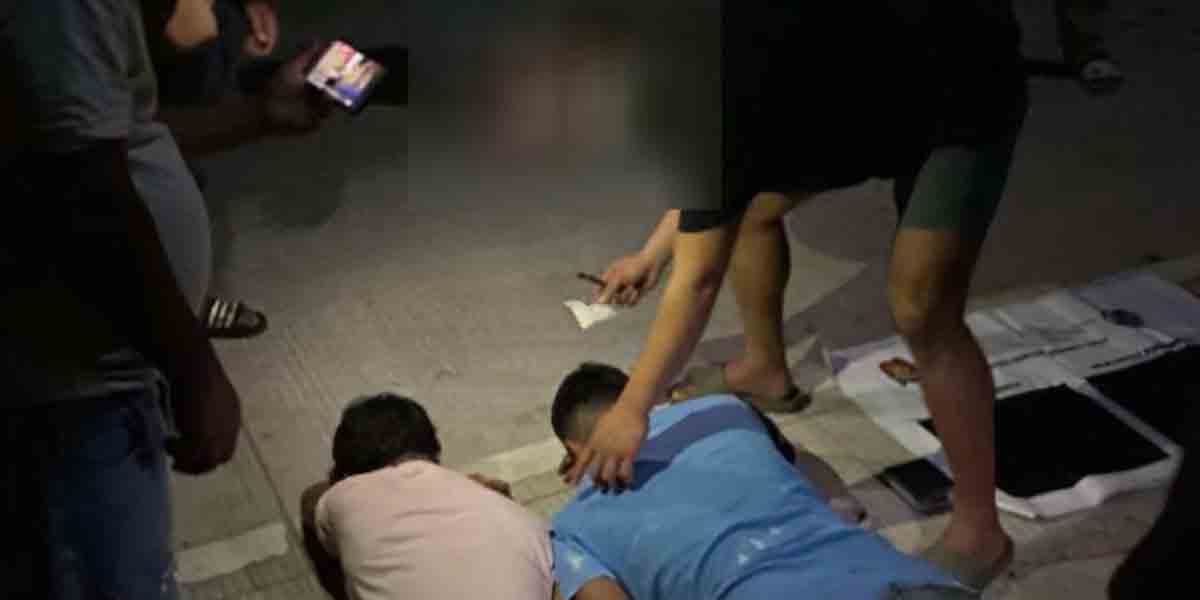By Rjay Zuriaga Castor
Sidestepping the reasons for the low immunization rate, the Department of Health Western Visayas (DOH-6) announced various strategies being implemented to improve the vaccination of infants and children in the region.
“DOH-6 oversees its enactment of various actions to expand the package of quality immunization services and increase its coverage, demand generation, and multi-sectoral support, strengthening surveillance and response, building up supervision, monitoring and evaluation, and instituting supportive governance, financing, and regulatory measures,” the health department said in a statement on July 26.
The statement was made in response to remarks by President Ferdinand Marcos Jr. during his third State of the Nation Address, noting that less than half of the target population of children in the region is inoculated against vaccine-preventable diseases.
The diseases include Bacillus Calmette-Guérin, diphtheria, pertussis, tetanus, Haemophilus influenzae type B, Hepatitis B, polio, measles, rubella, pneumococcal disease, rotavirus, and human papillomavirus.
To address the increasing number of unimmunized and under-vaccinated children, the DOH-6 said they conducted Bivalent Oral Polio Vaccine Intensive Catch-Up Immunization and Supplemental Immunization Activity from March to July this year.
Around five months of intensive vaccination resulted in the immunization of 252,524 children aged 24-59 months and 135,033 children aged 0-23 months.
In terms of demand generation, the DOH-6 conducted risk communication and community engagement training for Health Education and Promotion Officers (HEPO) and Barangay Health Workers to equip them in conducting social mobilization activities and correcting misinformation and disinformation.
Additional social mobilizers and field HEPOs were hired to support the National Health Workforce Support System.
The additional manpower was deployed to geographically isolated and disadvantaged areas to help local health centers manage high workloads.
The DOH-6 also reminded local government units to include in their budget plans the hiring of additional manpower to supplement their ideal ratio of health workers to the population.
To prevent supply chain management concerns, the DOH-6 emphasized that regular vaccine inventory is conducted from their level up to the local health centers.
“Regular forecasting of vaccines is practiced to ensure that there will be lesser chances of vaccine shortages and wastages due to over-stocking,” they added.
With the full resumption of face-to-face classes, the DOH-6 said they will provide technical directions within the year on the implementation of the School-Based Immunization.
“As the agency awaits the arrival of vaccines in the country, a big catch-up is being planned by the central office to bridge the gap between the emergence of both small and large-scale measles and pertussis outbreaks resulting from low immunization coverage,” the DOH-6 added.
The National Immunization Program is one of the eight priority health outcomes of the DOH, but data reveals that only 30.57 percent of the target population in Western Visayas, equivalent to 49,191 children, were fully immunized as of June this year.
The target population for routine immunization in the region for 2024 is 160,897.
In 2023, the region achieved a 61.36 percent fully immunized child rate, which is still below the target of 95 percent.
The DOH-6 also reported a declining trend in routine immunization rates in Western Visayas since 2020.
The immunization rate was 71.02 percent in 2020, decreased to 65.68 percent in 2021, further dropped to 59.52 percent in 2022, and slightly increased to 61.36 percent in 2023.



